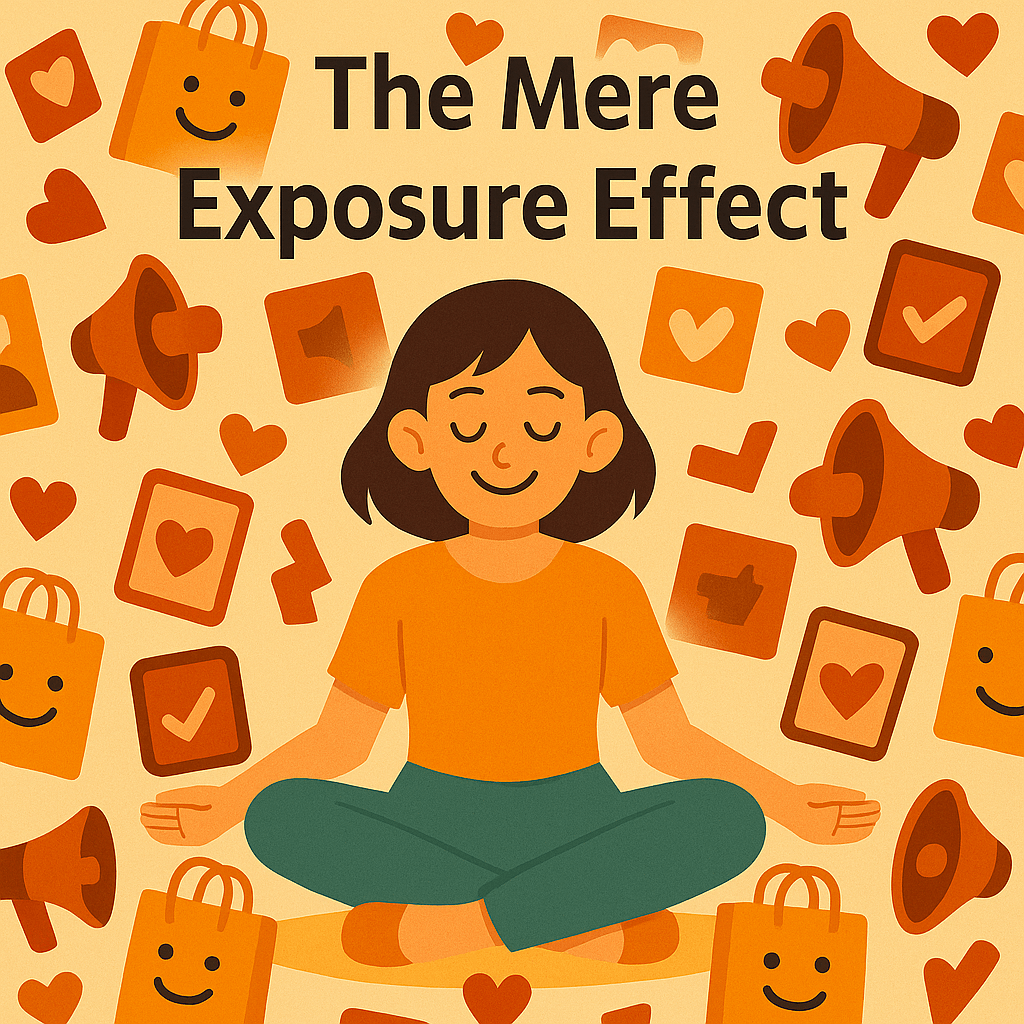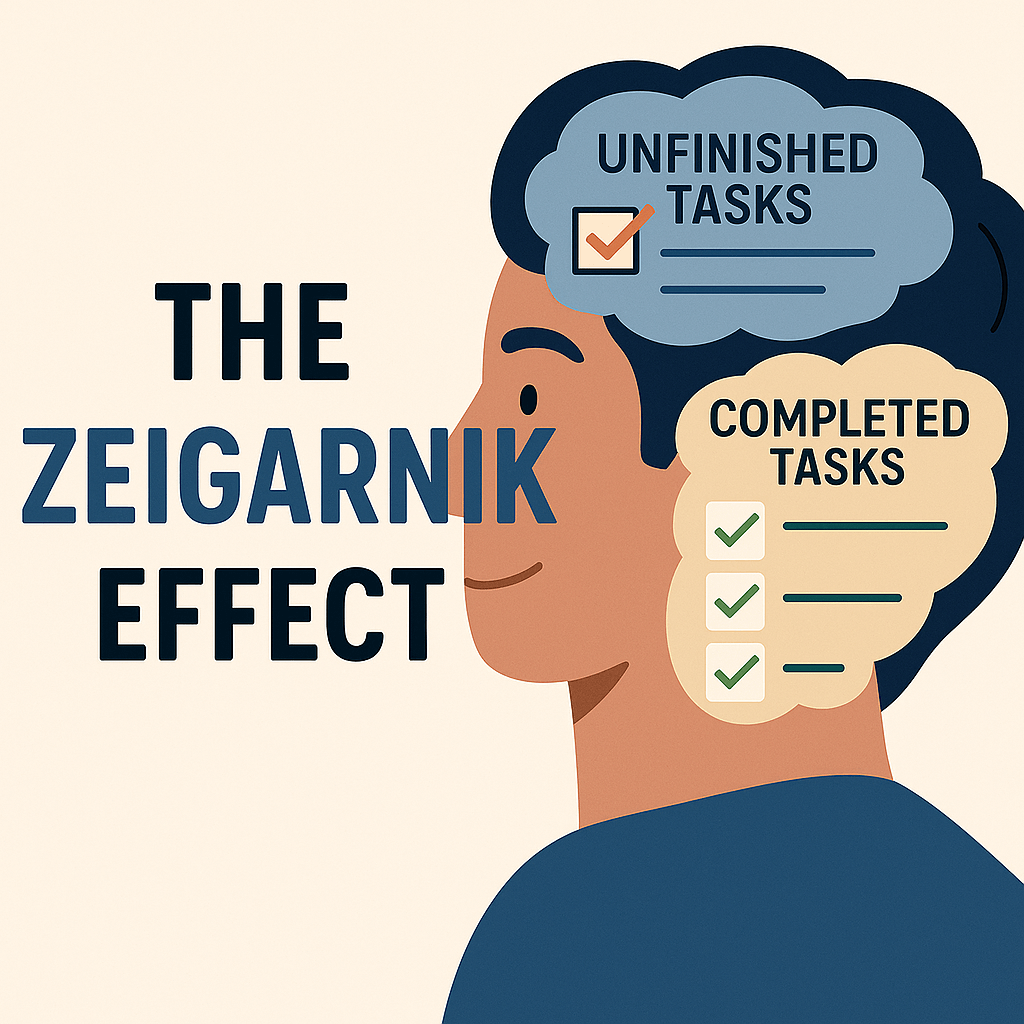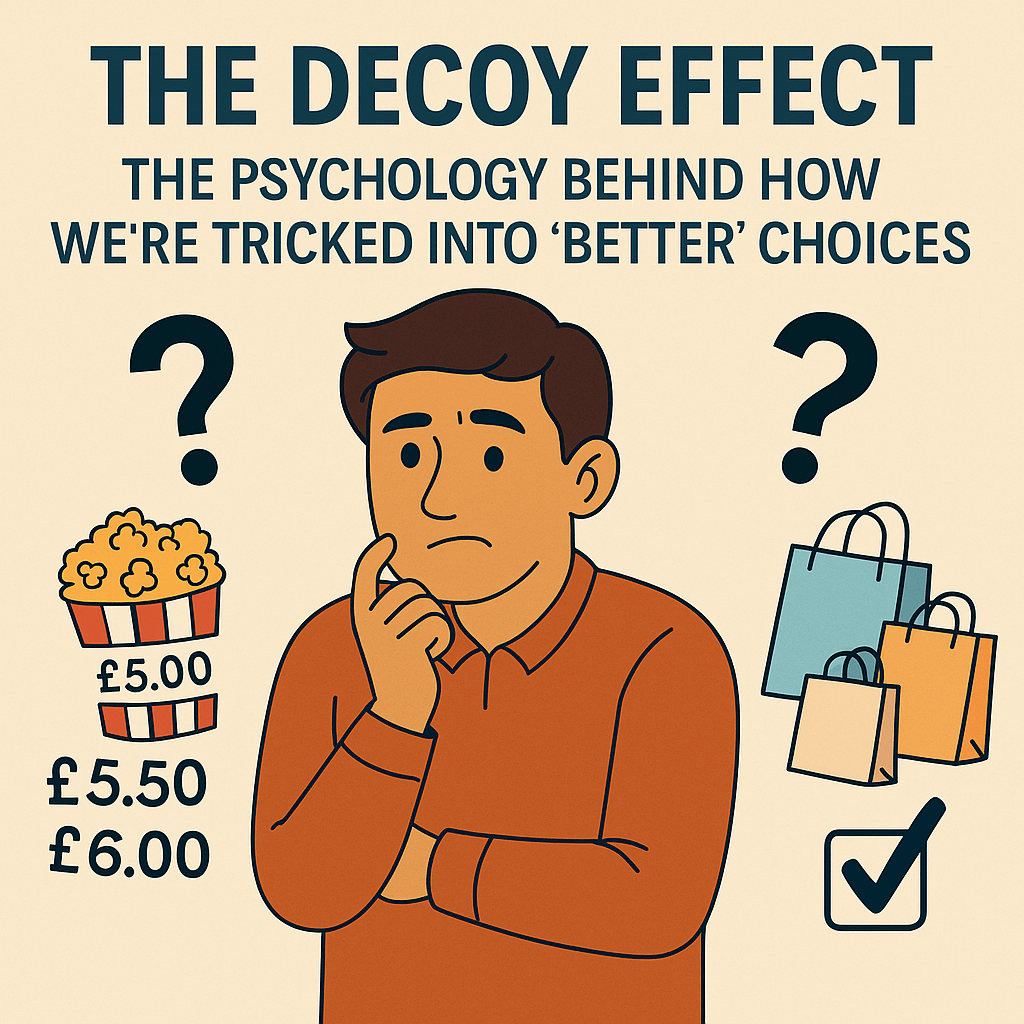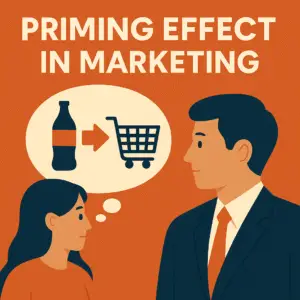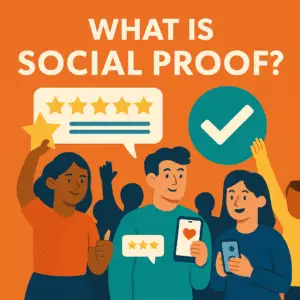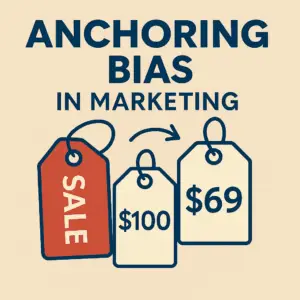
Negativity Bias in Marketing: Why It Happens and How to Overcome It
Have you ever become obsessed with one negative review while completely overlooking the many positive ones? That’s known as negativity bias, a psychological tendency to give more weight to the bad than the good. In the world of marketing, this bias can skew how consumers view reviews, advertisements, and overall brand experiences. Recognising when we’re experiencing this negative bias and understanding why it occurs is crucial for creating persuasive messaging that fosters trust, reduces perceived risks, and boosts engagement. Key Takeaways: What Is Negativity Bias? Negativity bias is a psychological

